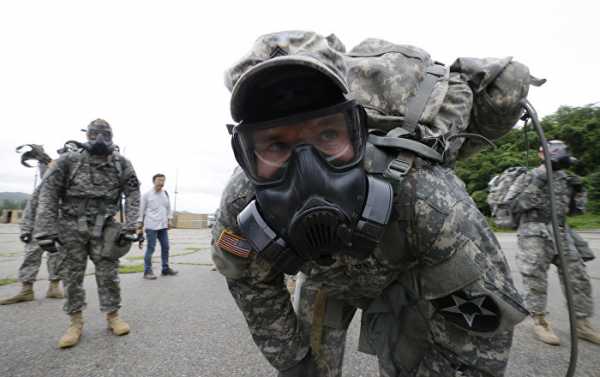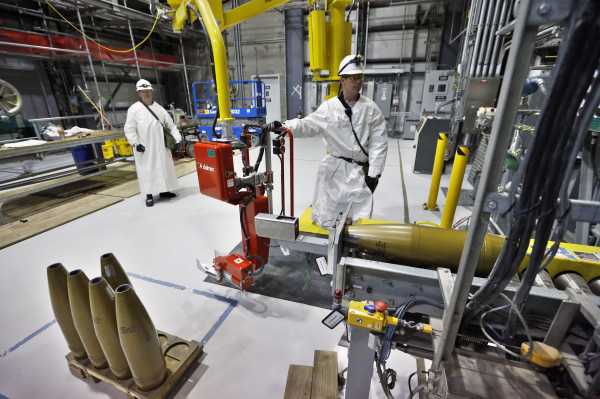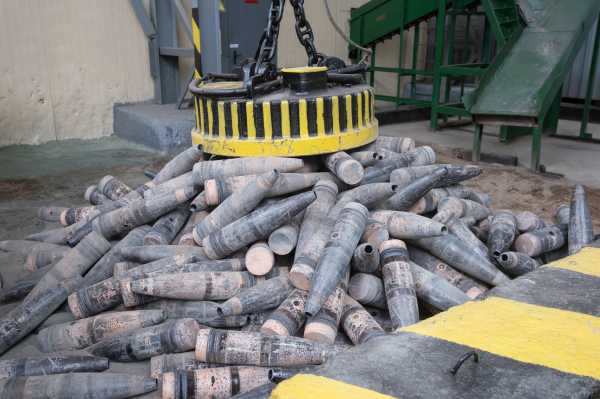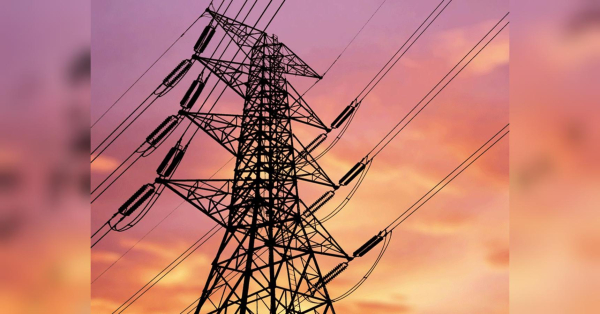
After the signing of the chemical weapons Convention (CWC), the United States failed to destroy them until 2012, with the next deadline set for 2023. Russia, which had a large supply among the signatories of the CWC (States ranked second) completed the disposal process in 2017.
The long-dormant issue of chemical weapons was first “awakened” in the Syrian conflict where these weapons were allegedly used. But the recent scandal of chemical weapons took place in the UK where Russian ex-spy Sergei Skripal and his daughter was allegedly poisoned with nerve gas, a-234.
Britain and other Western countries have accused Moscow of so-called “attack” on Skripal, although the official investigation on the matter and Russia once the process is complete elimination of chemical weapons in accordance with the Convention. At the same time, not all signatories to the Convention have done so for a while, despite the extensive resources, such as the U.S., who still needs to destroy the last 10% of their Arsenal. Sputnik gathered some interesting facts about the American program for disposal of chemical weapons.

File – in this file photo taken in January. 29, 2015, Ordinance technicians use machines to process inert simulated chemical weapons are used for training at the Pueblo chemical depot, East of Pueblo in southern Colorado
The signing of the Convention and the deadline
At that time the United States signed the CWC, he had the second largest chemical weapons Arsenal in the world after Russia, with such horrific examples as VX, sarin and mustard gas — the remains of the confrontation of the cold war. After the final ratification of the Agreement in 1997, the process of destruction has begun and the deadline for both countries is planned for 2012. Both are unable to do this in time and got the extension until 2020, Russia, the United States until 2023. By 2010 we managed to destroy 75% of their reserves (48 percent).
It should be noted, however, that in the Russian economy in 1997 was was still recovering after the transition from the Soviet Union and external shocks that hit him in the process. What’s even more curious that the rate of elimination changed — the remaining 52% was eliminated in Russia over the next seven years, three years ahead of schedule. According to the OPCW, at the same time, the United States has destroyed only 15% of its reserves, so it is unclear whether he would do it by 2023.

The program for the destruction of chemical weapons in the Kizner facility, Udmurtia
Reserves and financing
Approximately 3,100 tons of chemical weapons remain to be destroyed by us, using plants at blue grass army depot in Kentucky and Pueblo chemical depot in Colorado. Only depot Pueblo must eliminate 780,000 mustard gas shells. This process is neither easy nor cheap — so as the shells have explosive components in special blast-proof bunker needs to be built in order to get rid of such weapons. In addition, the green protests in Colorado and Kentucky has forced local and Federal authorities to find a safer method of disposal than a conventional oven.
Another factor that can stop the process, is the lack of proper funding. For the first 10 years the US has spent $ 20 billion and expects to spend $40 billion more. Annual funding, allocated by Congress, is limited to $2 billion, and this is clearly not enough. At the same time, it should be noted that Russia needs only $ 10 billion ($2 billion from the international community) to liquidate their stocks, which was larger than ours (although most of them were not armed with missiles).
Sourse: sputniknews.com






